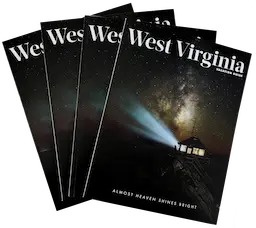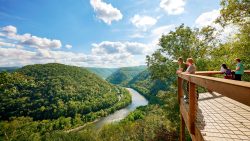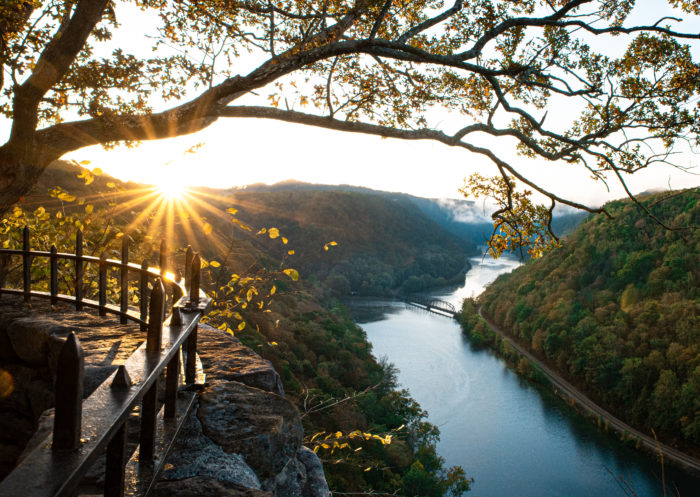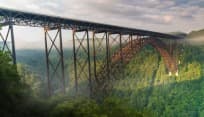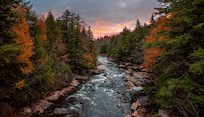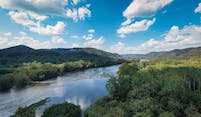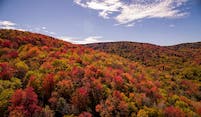Your Guide to Exploring the Monongahela National Forest
The Monongahela National Forest covers a massive area of nearly one million acres and is bursting with breathtaking scenery and adventurous recreation. This wooded wonderland expands across the north-central highlands of West Virginia and is complete with 23 campgrounds, over 800 miles of trails and countless bodies of water in between. The Monongahela National Forest was also selected to provide the 2023 U.S. Capitol Christmas Tree, which was a majestic 63-foot Norway spruce decorated with ornaments made by West Virginians.
This forest is home to some of the most iconic and incredible places the Mountain State has to offer. Its remote landscape is ideal for an array of activities such as hiking, biking, horseback riding, hunting, fishing, boating, tubing and rock climbing, just to name a few. Whether you’re seeking a relaxing family getaway or embarking on a thrilling quest, any of these destinations within the forest are sure to satisfy your every desire.
As with visiting all wild and wonderful places, remember to do your part in respecting all parts of the forest by leaving no trace. Don’t forget to properly dispose of waste and take back with you everything that you brought into the forest. Respect wildlife and their habitat while being considerate of other explorers who are doing the same.
Seneca Rocks
As you make your way into the valleys of Pendleton County, you will be awed at the sight of the massive, towering rocks named after the Native American tribe that once inhabited the area. Arguably one of the most distinct landmarks in the state, the Tuscarora quartzite fins of Seneca Rocks jutting out from the mountains make this area one of the most popular rock climbing destinations on the East Coast. It is no wonder that TravelAwaits decided to share this experience with their travelers.
These rocks rise roughly 900 feet above the confluence of Seneca Creek and the North Fork of the South Branch of the Potomac River and continue to keep climbers flocking to the area to experience it for themselves. For the non-climbers, there are various hiking trails that provide astonishing views as well. A 1.5-mile trail hiking trail winds around the mountain to the summit while a 2.6-mile out-and-back trail leads to one of the most jaw-dropping views the state has to offer.
If you’d rather enjoy the view from the base of the mountain, you can visit the Seneca Rocks Discovery Center and learn more about the history of the area or explore the gift shop.

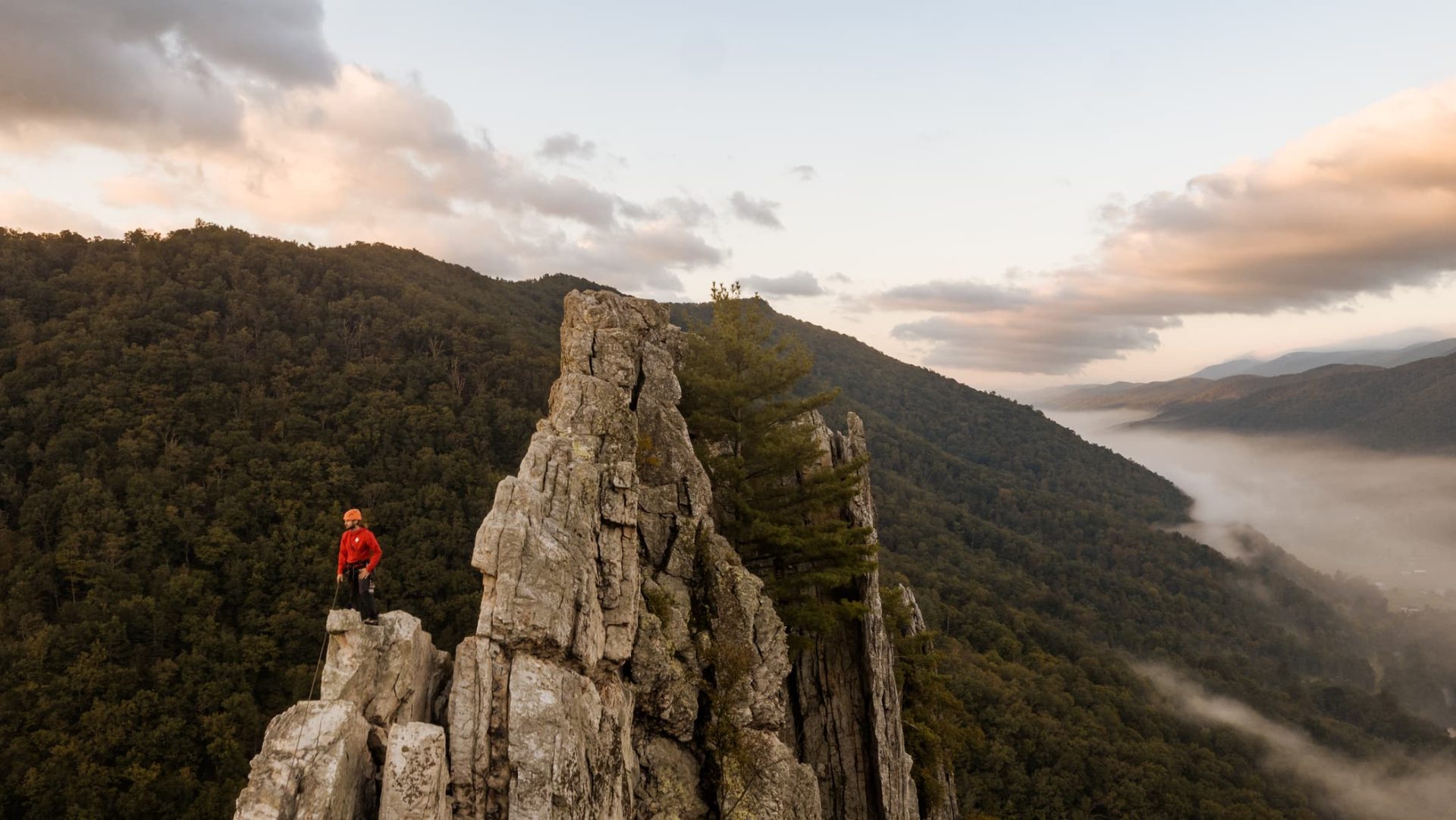
Blackwater Falls State Park
Located in Davis, Blackwater Falls State Park earned its name from the amber waters of Blackwater Falls, a 57-foot natural cascade tinted by the tannic acid of fallen hemlock and red spruce needles. Although it is the namesake falls that most commonly attract visitors from around the world, there are several other hidden gems tucked within this oasis.
Elakala Falls, Lindy Point, and Pendleton Lake are some of the top spots you want to be sure to have on your list. This West Virginia wonder is surrounded by endless activity options ideal for any season. From shop-lined streets to multiple lodging and dining amenities, each guest is sure to have a personalized trip.
Visit in the spring for a refreshing breeze or in the summertime to escape the heat. Fall here brings a gorgeous glow of golden hues with mountains covered in leaves. The park is also home to the longest sled run on the East Coast, so even in the winter is there fun to be had.
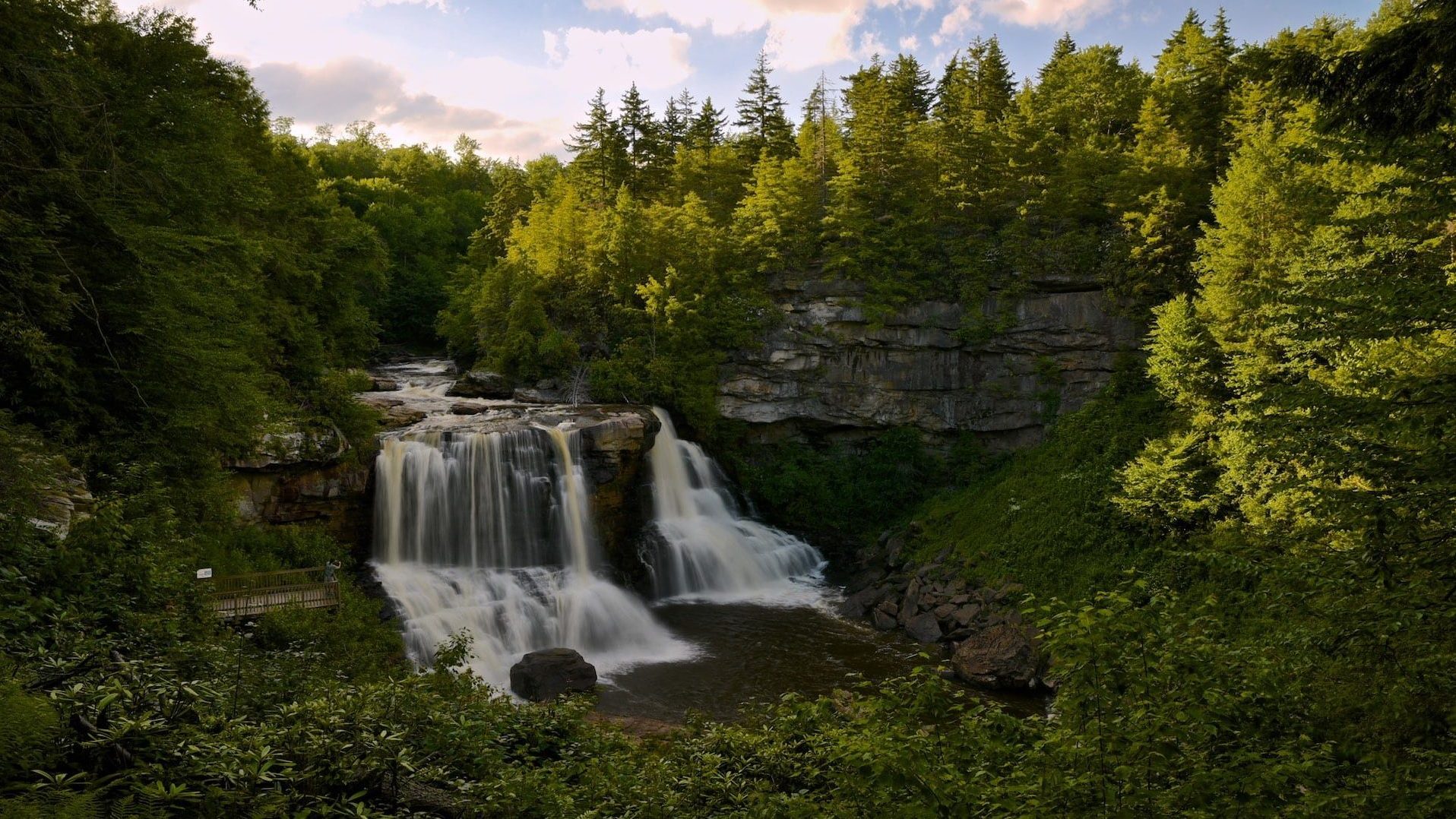
Dolly Sods Wilderness
The high-altitude plateau of Dolly Sods is characterized by “flagged” red spruce, wind-carved boulders, heath barrens, grassy meadows and sphagnum bogs, all of which are characteristics of the environment typically found much further north. Many plant communities here are very similar to those found in eastern Canada. The remote mountaintop provides habitat for snowshoe hares, beaver, black bear, timber rattlesnakes and white-tailed deer.
This boundless wilderness includes over 17,000 acres between Grant, Randolph and Tucker counties. Elevations range from 2,500 to over 4,700 feet, making it possible for freezing temperatures to occur any time of the year. Snow can often be expected anytime from October through April, so be sure to properly prepare.
Take Rocky Ridge Trail where some of the best views in the Dolly Sods are exposed for miles over the Canaan Valley. The meadows atop the ridge are filled with blueberries during late summer and fall, perfect for a mid-hike snack. Rohrbaugh Trail is ideal for beginners and leads a leisurely stroll, while Bear Rocks Loop serves up difficult climbs.
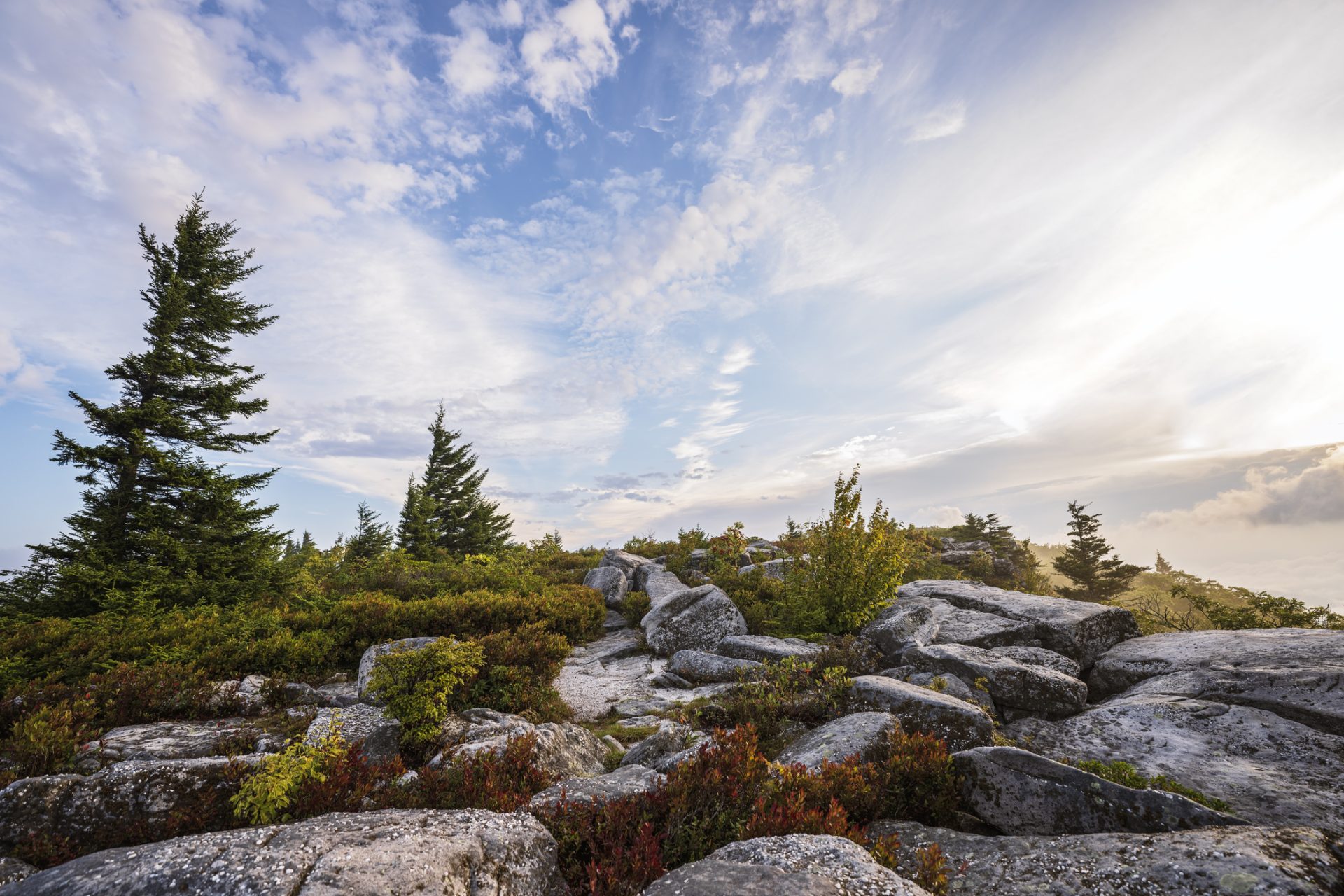
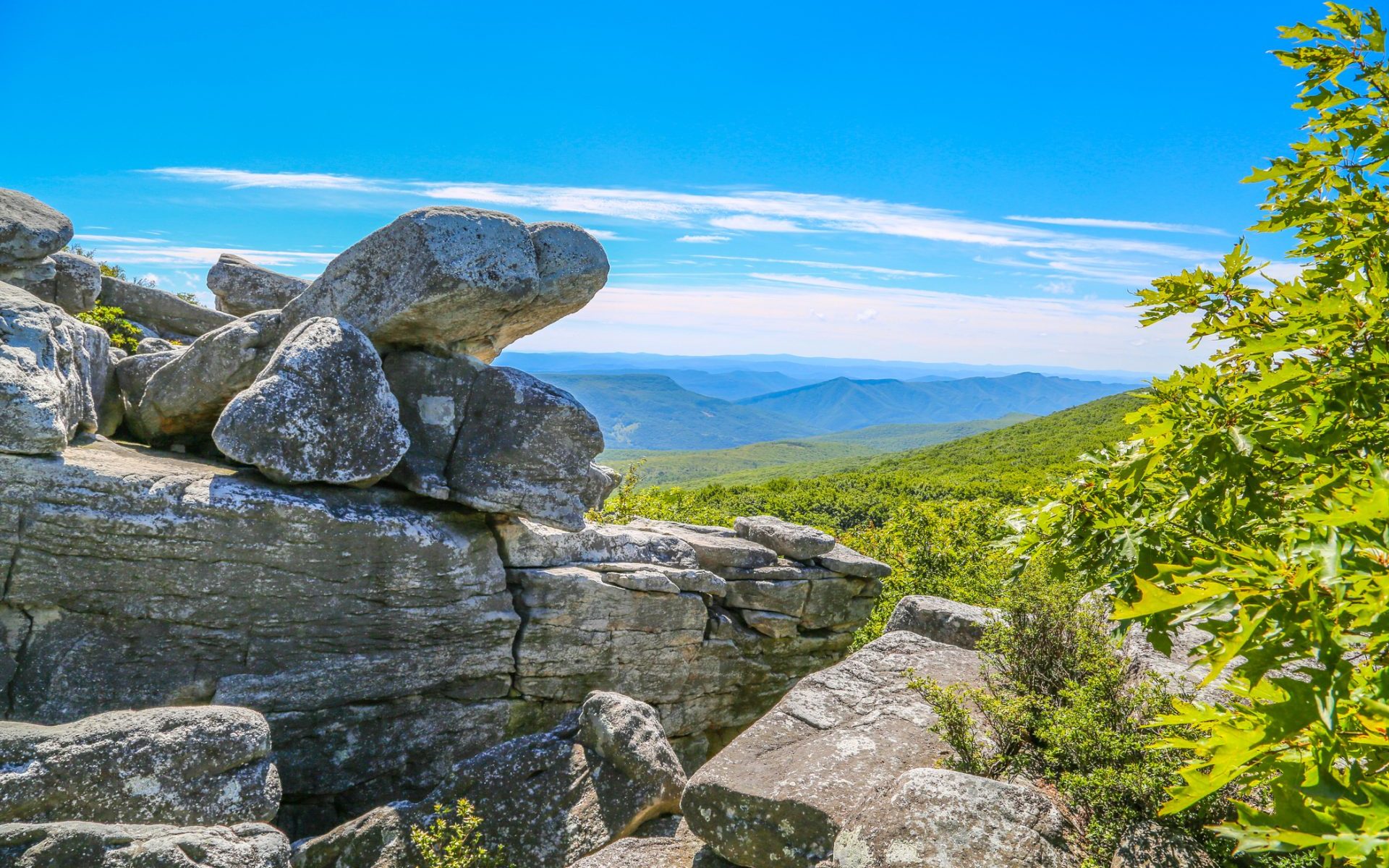
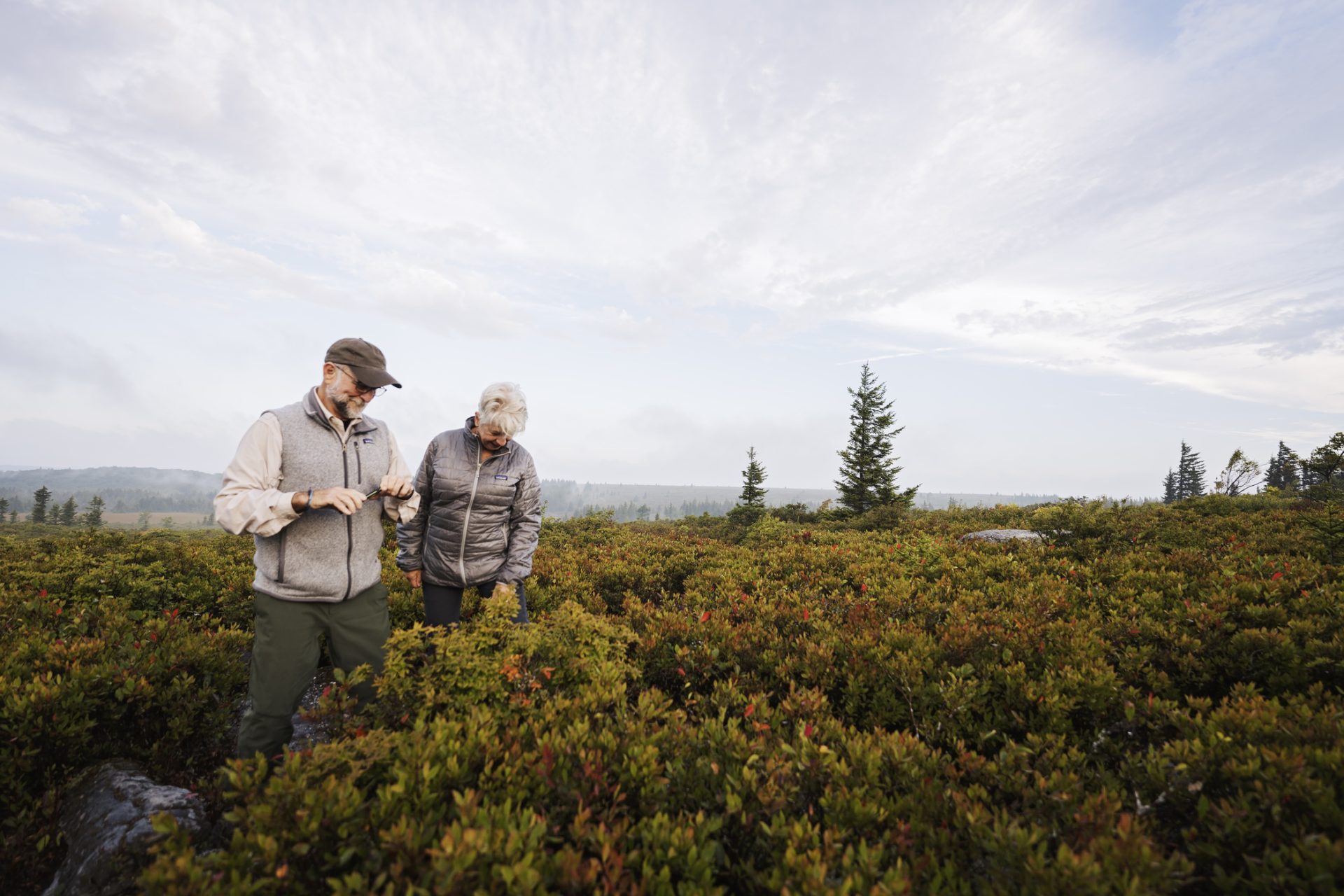
Cranberry Glades Botanical Area
The areas of the Cranberry Glades make up the largest ecosystem of bogs, or acidic wetlands, in West Virginia. The ground in a bog is spongy and consists largely of partially-decayed plant material known as peat. A half-mile, wheelchair-accessible boardwalk has been constructed so guests can enjoy the area without disturbing this fragile community. This unique region was dubbed by Garden & Gun as one of the wildest places in the South.
The boardwalk guides visitors through a landscape of red spruce, yellow birch, hemlocks and more than 60 unique plant species, including wild orchids and carnivorous plants. Along your way, it is likely to spot signs of wild animals. Black bear, northern flying squirrel, American bald eagle, red fox and white-tailed deer are among the residents here.
You can learn more about this unique ecosystem at Cranberry Mountain Nature Center.
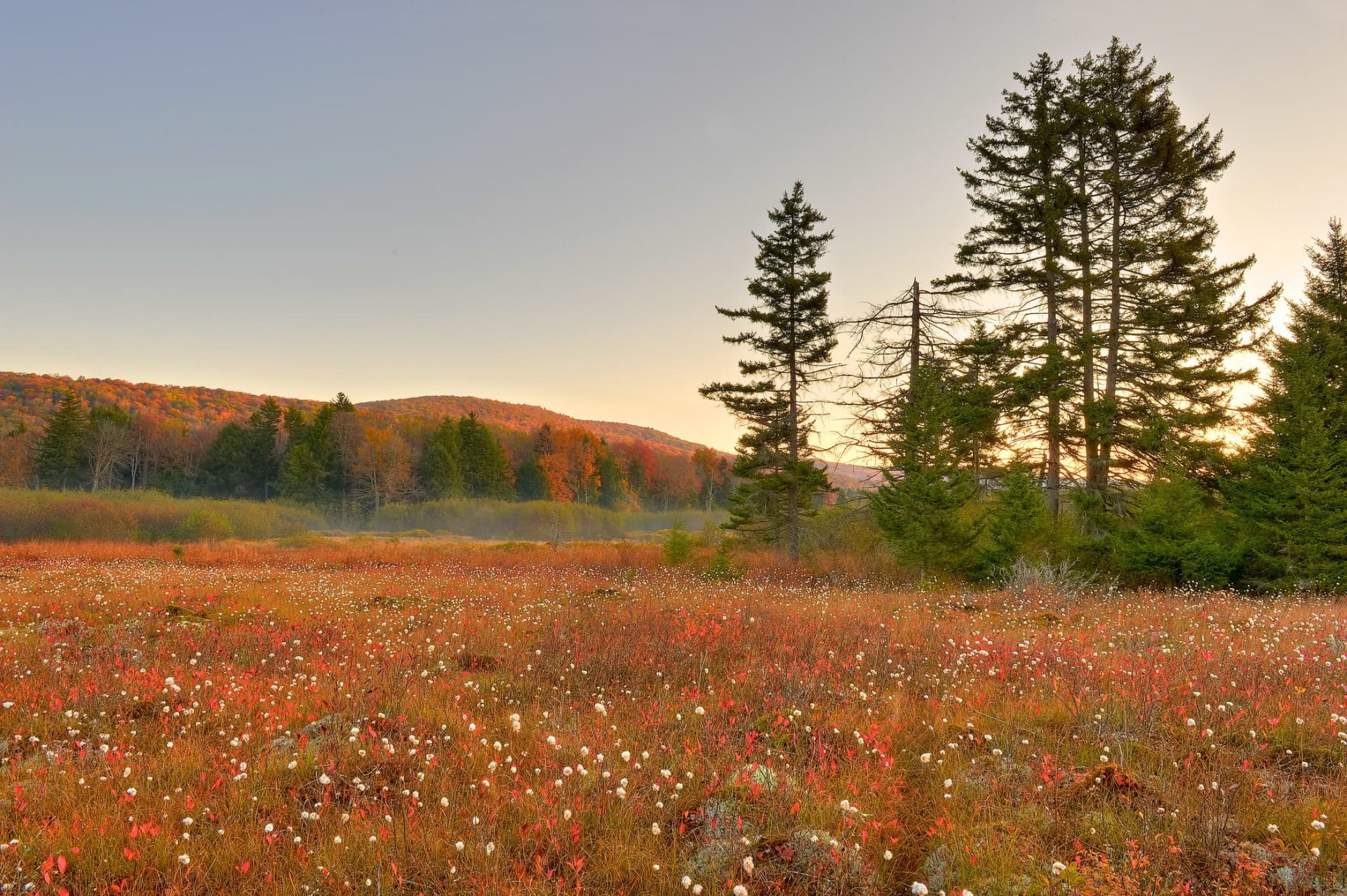
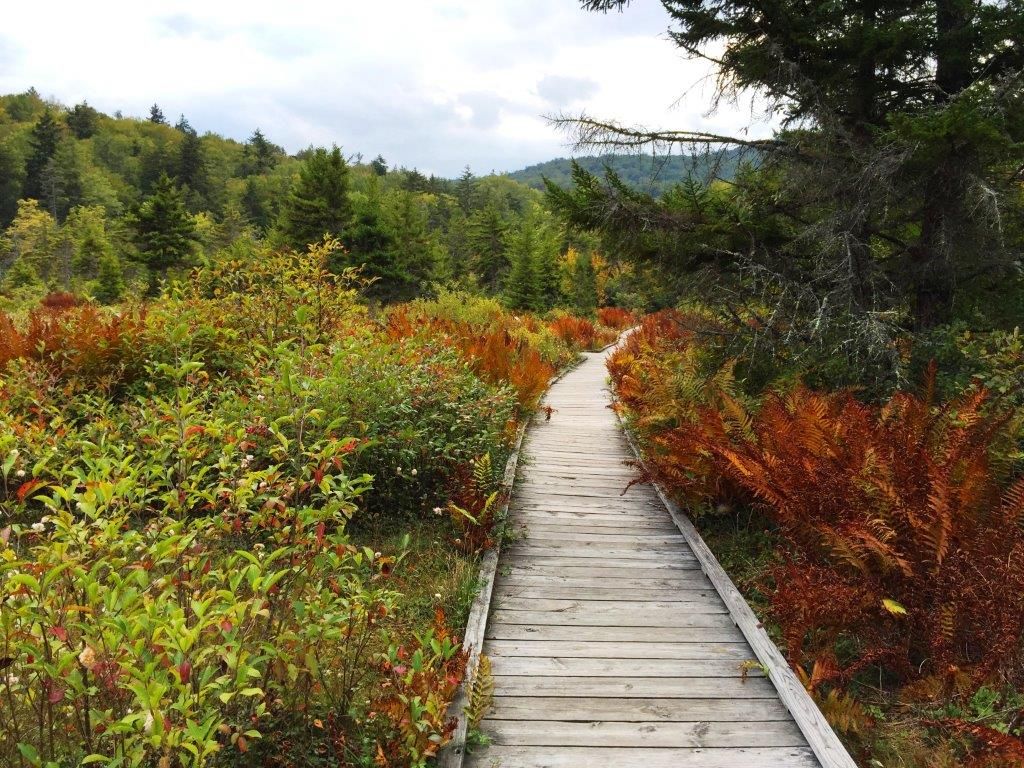
Williams River
The beautiful setting of the Williams River, along with its easy access and healthy stream habitat make it one of the best trout fishing streams in the state. Beginning on Black Mountain in Pocahontas County, this river continues to flow 33 miles west to the Gauley River in Webster County.
The West Virginia Division of Natural Resources stocks roughly 27,000 pounds of trout between January through May, and again in October. Remember that anglers are required to obtain a National Forest stamp, a trout fishing stamp and a fishing license before fishing these scenic waters.
There are 30 separate, rustic campsites located along the Williams River Road, many of which are found close to the river. Each campsite is equipped with a parking spur, picnic table, fire ring, grill, waste receptacle and a lantern hanger. Several campsites also have a tent pad, although all sites are suitable for either tent or trailer camping.
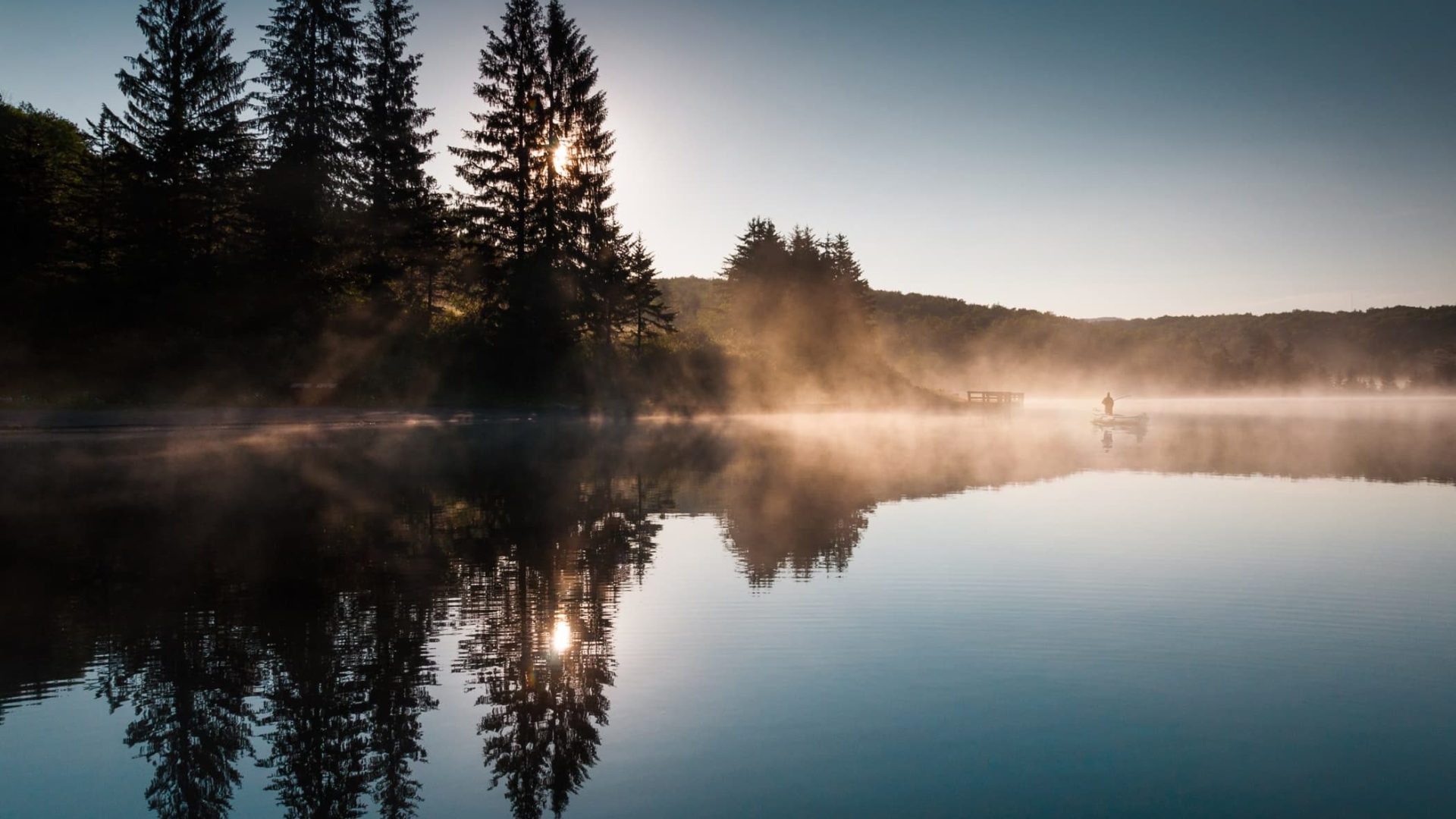
If adventure is your cup of tea, you are in luck—there is no shortage of wild places to discover in West Virginia. Prepare for your ultimate expedition by requesting a Free Vacation Guide today.
Send Me My Free Vacation GuideThis post was last updated on April 17, 2024
